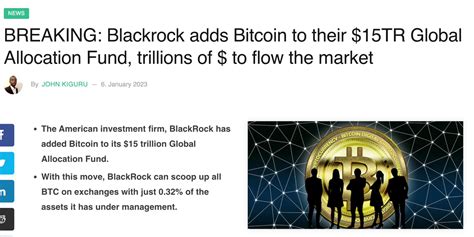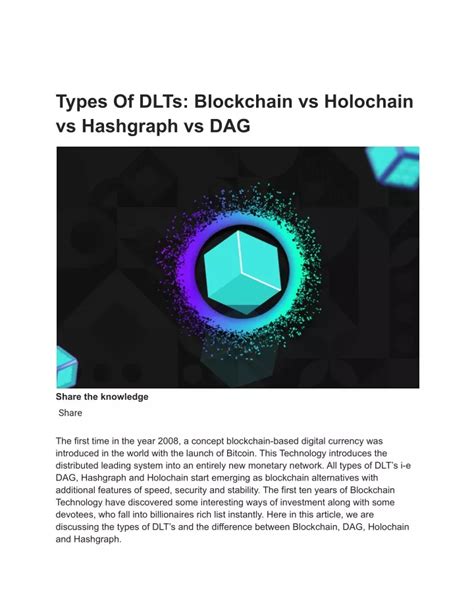In today’s rapidly evolving financial landscape, the concept of “G Finance” has emerged as a powerful force, driven by the twin engines of globalization and technological advancement. This article delves into the intricacies of G Finance, exploring its profound impact on the global market, the emerging investment opportunities it presents, and the regulatory frameworks shaping its development. As G Finance continues to influence traditional financial models, it brings both promising growth prospects and significant challenges. This comprehensive analysis aims to unpack the complexities of G Finance, providing valuable insights into its long-term economic implications and potential for investors.
Come explore this topic with nozaviral.com for a deeper understanding.
1. Impact of Globalization and Technology on G Finance
The emergence of G Finance is inextricably linked to the twin drivers of globalization and technological innovation. The increasing interconnectedness of markets has spurred a surge in cross-border capital flows, providing fertile ground for G Finance to thrive on a global stage. Technological advancements, especially in digital platforms and financial technologies (FinTech), have been instrumental in transforming financial transactions, facilitating real-time trading, seamless cross-border payments, and more accessible financial services.
Globalization has fostered a more interconnected global financial landscape, presenting G Finance with the advantage of tapping into a wider range of economic conditions. This integration has spurred the creation of complex financial tools and the emergence of novel investment avenues. However, it also brings about challenges, including amplified market fluctuations and the possibility of systemic risks that extend beyond national borders.
Globalization and technology have worked together to create a dynamic and powerful G Finance sector. As this sector continues to change, investors and policymakers need to understand the effects of these forces in order to successfully navigate the global financial landscape.

2. Emerging Investment Opportunities within the G Finance Sector
The G Finance sector is experiencing a surge in emerging investment opportunities, fueled by the intersection of globalization and advanced technology. As financial markets become increasingly intertwined, investors gain access to a wider selection of assets spanning diverse geographies, sectors, and industries. This global reach enables the diversification of investment portfolios, mitigating risk and potentially boosting returns.
Technological advancements, like blockchain, artificial intelligence, and big data analytics, are reshaping the financial landscape, opening up new avenues for investment. For instance, blockchain technology is driving the growth of decentralized finance (DeFi), offering alternatives to conventional banking and investment services. Likewise, AI-powered algorithms are enhancing market prediction capabilities, empowering investors to make more informed investment decisions.
Furthermore, developing countries, especially those with emerging markets, hold substantial growth potential as they become more deeply integrated into the global financial system. These regions present opportunities in sectors like fintech, renewable energy, and infrastructure development, where G Finance is a crucial player.
Investors who can adapt to the changing G Finance landscape have the potential to reap significant rewards. This evolving landscape offers opportunities at the nexus of technological advancements, global expansion, and economic progress.

3. Role of Regulatory Frameworks in Shaping G Finance
Regulatory frameworks are essential to the development and adoption of G Finance. They act as both enablers, by providing clear guidelines, and gatekeepers, by setting standards and ensuring responsible growth. As G Finance evolves, governments and international regulatory bodies are actively working to establish rules that foster transparency, security, and stability in these emerging financial markets.
Regulations play a crucial role in mitigating the risks inherent in cross-border transactions, digital currencies, and decentralized finance (DeFi). By establishing clear standards for compliance, implementing robust anti-money laundering (AML) measures, and ensuring consumer protection, regulatory frameworks foster investor confidence and safeguard against systemic risks that could have far-reaching economic consequences.
Technology is advancing at a breakneck speed, often outpacing the creation of regulations. This poses a significant challenge to effectively overseeing the G Finance sector. Policymakers face the difficult task of encouraging innovation while simultaneously protecting financial markets and consumers from potential exploitation.
Thus, regulatory frameworks play a crucial role in shaping the future of G Finance, guaranteeing its development in a sustainable and advantageous way for the global economy.

4. Key Risks and Challenges Facing G Finance Adoption
Implementing G Finance poses several critical risks and challenges for stakeholders to address. The most prominent risk is the inherent volatility of global financial markets, which can be amplified by the swift movement of capital internationally. This interconnectedness also creates the potential for systemic risks, where financial instability in one area can rapidly disseminate across the globe.
A further obstacle is the dynamic regulatory landscape. Regulations are essential for maintaining stability and security. However, inconsistent or overly stringent regulations across various jurisdictions can impede the development of G Finance.
Furthermore, the increasing use of advanced technology introduces cybersecurity risks. As financial transactions become more digital, the threat of cyberattacks and data breaches increases, potentially jeopardizing the public’s confidence in G Finance systems.
Furthermore, the intricate nature of G Finance products and services presents difficulties for both investors and regulators in fully comprehending and mitigating the associated risks. Effectively addressing these challenges is essential for the long-term acceptance and integration of G Finance within the global financial system.
5. Influence of G Finance on Traditional Financial Models
G Finance is having a major impact on traditional financial models, changing how financial institutions work and how investors invest. One of the most important changes is the move towards more decentralized and technology-based financial systems. Traditional financial models, which have been controlled by central banks and big financial institutions, are being challenged by new ideas like blockchain and decentralized finance (DeFi).
Peer-to-peer transactions facilitated by these technologies eliminate intermediaries, leading to lower costs and faster transaction times. This competitive pressure compels traditional banks and financial institutions to adapt their operations. They are actively exploring the integration of digital assets, the offering of blockchain-based services, and the enhancement of their technological infrastructure to cater to a technologically sophisticated customer base.
Furthermore, G Finance is promoting financial inclusion by extending financial services to regions underserved by traditional banking. This democratization of finance is disrupting the dominance of established financial institutions and encouraging the creation of more inclusive financial systems.
G Finance’s impact stretches into investment strategies as well, with traditional portfolios embracing digital assets and tech-driven investment products at an increasing pace. As these trends unfold, the distinction between traditional finance and G Finance will fade, ultimately resulting in a more interconnected and inventive financial ecosystem that mirrors the realities of a globalized economy.
6. Long-term Growth Potential and Economic Implications of G Finance
G Finance’s long-term growth potential is substantial, fueled by the ongoing development of technology and the ever-increasing interconnectedness of global markets. As more regions and industries adopt digital financial systems, G Finance is primed to become a fundamental pillar of the global economy. The burgeoning field of decentralized finance (DeFi), digital currencies, and cross-border financial services presents significant growth prospects, especially in emerging markets where traditional banking infrastructure is underdeveloped.
G Finance holds the promise of fostering innovation, expanding financial access, and boosting global trade. This growth trajectory, however, is not without its challenges, including navigating the risks posed by heightened market volatility, disparate regulations, and cybersecurity vulnerabilities.
G Finance has the potential to reshape the global financial landscape in the long term, creating a more interconnected, efficient, and inclusive economy. For investors and policymakers, understanding and leveraging the power of G Finance will be crucial for navigating the future of global finance.
In conclusion, G Finance represents a transformative force in the global financial landscape, driven by technological advancements and globalization. While it offers significant investment opportunities and growth potential, it also poses challenges such as regulatory complexity and cybersecurity risks. Understanding these dynamics is crucial for leveraging G Finance’s benefits and navigating its potential risks in the evolving financial environment.
nozaviral.com

